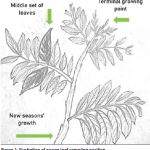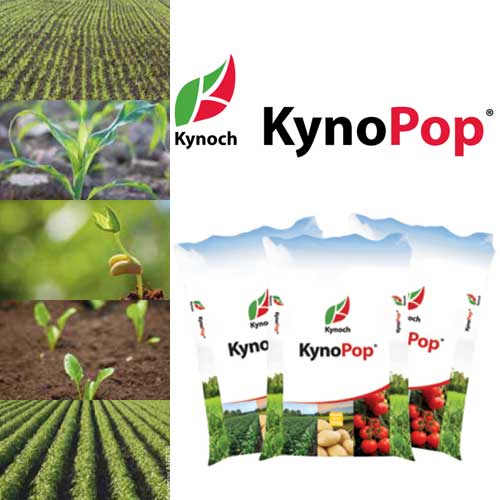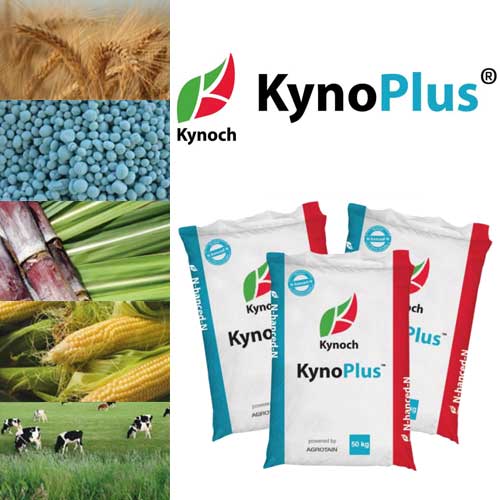
Pecan Leaf Sampling: Effective Nutrient Management for Improved Yields
17/12/2024
Understanding KynoPlus® | Kynoch Fertilizer
06/01/2025Plant Growth Stages and Nutrient Requirements for Optimal Yields
Plant growth stages and nutrient requirements
Nutrient management through the different growth stages of a crop is crucial for optimal yields, write Kynoch optimiser agriculturalist Hentie Cilliers and Dr Chris Schmidt, senior agriculturalist at Kynoch.
In previous articles, we focused on the principles and nutrients needed to achieve an optimal start for your crop. A crop’s nutrient requirements are influenced by the crop type, growth stage, and growth conditions.
In this article, we explore the general principles that influence the nutrient requirements and their application in the later stages of development, as well as Plant Nutrient Scheduling®.
Fertilizer Programme
When you compile a fertiliser programme, you first need to calculate what the total nutrient requirement will be. Fertilisation would be easy if we could apply all the required nutrients at once and then rely on the plant to absorb them as needed.
Unfortunately, though, soils have many different properties – for example, clay content, organic matter content, and pH – all of which influence the availability of the nutrients.
It becomes necessary to implement strategies to keep nutrients available to the plant on a continual basis. One such strategy is to split fertilisers applications.
As phenological stages change, so do the plant’s nutrient requirements. For example, during vegetative growth, a nutrient like nitrogen is more important, whereas potassium is more critical during fruit growth. The same principle is true for all 14 essential minerals and five beneficial nutrients (White et al, 2010).
Thus, the nutrient ratio changes according to the requirement for every growth stage. Meticulous planning is needed to ensure the correct nutrient is available at the correct time. By linking the total nutrient requirement with the growth stages, one can determine the requirement for each stage.
The BBCH-Scale
Water, temperature, light, and nutrients are the primary factors affecting growth. These four elements affect growth hormones in the plant, consequently affecting the growth speed. Thus, the time that a plant takes to develop to a specific growth stage can vary.
It is important to plan the fertiliser application according to growth stages rather than the number of days after sowing, which can cause major misalignments with the actual nutrient requirements. Awareness of your crop’s current and upcoming growth stages gives insight to apply fertilisers at the right moment.
Different methodologies were developed to identify the different stages of plant growth. Some approaches are straightforward and broad in scope, while others are comprehensive and specific. In an effort to standardise the classification, scientists from different organisations and institutes worked together to establish the BBCH-scale (Meier et al, 2009).
According to this scale, plant development is broken down into principal and secondary growth stages, both numbered 0 to 9. The following are the 10 stages of plant growth on the BBCHscale: germination, leaf development, formation of side shoots, stem elongation, vegetative plant parts, inflorescence emergence, flowering, fruit development, ripening, and senescence (BSSH working group, 2001).
Adjusting the timing and type or source of fertiliser will ensure that the nutrients are available at the required time.
Plant height and tractor clearance also influence the timing. Under irrigation, it is easier to do multiple applications, depending on the irrigation system.
By knowing the total nutrient requirements and the requirement for each growth stage, identifying the growth stages, and considering factors that influence the timing of application, will assist with Plant Nutrient Scheduling. This is imperative for optimal yields and quality.
Contact your local agriculturalist to assist you in creating your Plant Nutrient Scheduling.
Sources:
- BBCH working group. 2001. ‘Growth stages of mono- and dicotyledonous plants’. Federal Biological Research Centre for Agriculture and Forestry. bit.ly/3NOwpId;
- Meier, U, et al. 2009. ‘The BBCH system to coding the phenological growth stages of plants-history and publications’. Journal für Kulturpflanzen, 61, 41–52. bit.ly/4f7j49M; White, PJ and Brown, PH.
- ‘Plant nutrition for sustainable development and global health’. Annals of Botany. 105(7):1073-80. bit.ly/3YsrVMs.
Email info@kynoch.co.za, phone 011 317 2000, or visit kynoch.co.za.






.png?v=1594369838025?v=1594369838026)